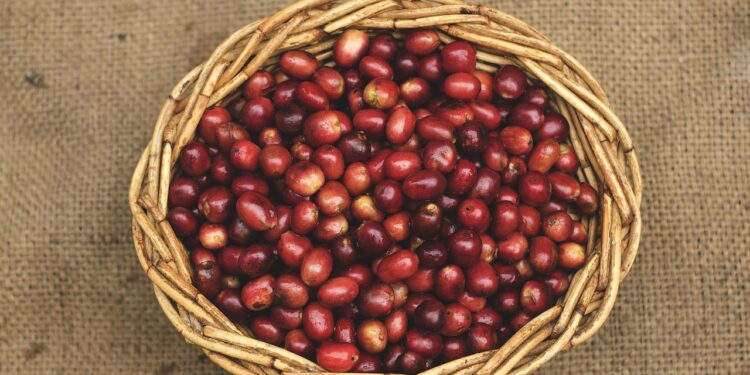Unlocking the Aroma: Secrets of High-Quality Coffee Beans
Coffee has captivated the senses of millions worldwide, acting as much more than just a morning ritual or a source of caffeine. The true aficionado knows that the secret to an exceptional cup of Joe lies in the quality of its beans. In this article, we dive into what makes high-quality coffee beans stand out, how to choose them, and how to best enjoy their full potential.
Introduction to Coffee Bean Basics
Coffee beans are the seeds of the fruit of the coffee plant, and they are the critical ingredient in coffee brewing. Understanding the types of coffee beans and their origins is essential for appreciating the complexity they bring to your cup.
Types of Coffee Beans
There are primarily two types of coffee beans available on the market:
-
Arabica: Known for its sweet, soft taste and higher acidity, Arabica beans are considered superior by many coffee connoisseurs. They are predominantly grown in Latin America, eastern Africa, Asia, and Arabia.
-
Robusta: These beans are stronger and more bitter in flavor compared to Arabica and contain a higher caffeine amount. Robusta beans are primarily grown in Africa, Indonesia, and Vietnam.
Geographic Influence
The altitude, climate, and soil where coffee beans are grown profoundly affect their flavor profile. Beans grown at high altitudes in volcanic soil, like those from Colombia or Guatemala, tend to have a crisp, vibrant flavor due to the cooler growing conditions.
Factors Affecting Coffee Bean Quality
Genetic and Environmental Conditions
The quality of coffee beans is significantly influenced by their genetic makeup and the environmental conditions of the coffee farm. Factors such as sunlight, temperature, and precipitation can drastically alter the beans’ chemical makeup, affecting their taste and aroma.
Harvesting and Processing Methods
How coffee beans are harvested and processed also plays a crucial role in determining their quality. There are several methods of coffee bean processing:
- Wet Processing (Washed): Results in higher acidity and more pronounced flavors.
- Dry Processing (Natural): Tends to produce sweeter, more full-bodied flavors.
- Honey Processing: This method, where beans are dried with some of the fruit still attached, provides a balance between sweet and acidic flavors.
Choosing the right processing method depends on the desired flavor profile and the beans’ origin characteristics.
Selecting High-Quality Coffee Beans
Signs of Quality
When selecting coffee beans, consider the following indicators of high quality:
- Appearance: High-quality beans are generally well-shaped, evenly sized, and free of visible imperfections.
- Aroma: Sniff the beans if possible. They should have a rich, full aroma that hints at their flavor complexity.
- Freshness: Coffee beans are best enjoyed when fresh. Look for beans that have been roasted within the past two weeks.
Where to Buy
For the best quality, purchase coffee beans from reputable roasters who can provide details about the bean’s origin, type, and roast date. Specialty coffee shops and online retailers who focus on quality often offer the best selections.
Brewing the Perfect Cup
To fully unlock the aroma and flavor of high-quality coffee beans, proper brewing is essential.
Grinding
Grind coffee beans just before brewing to ensure maximum freshness and flavor extraction. The grind size should match the brewing method:
- Coarse for French press.
- Medium for drip coffee makers.
- Fine for espresso.
Water Quality and Temperature
Use fresh, cold water that’s free of impurities. The ideal brewing temperature is between 195 to 205 degrees Fahrenheit. Water that’s too hot will over-extract the coffee, leading to bitterness.
Brewing Methods
Experiment with different brewing methods to find what best enhances the characteristics of your beans:
- Pour-over: Offers excellent control over brewing time and temperature.
- Espresso: Best for lovers of a rich, full-bodied cup.
- French press: Enhances the coffee’s natural oils and flavors.
Conclusion
High-quality coffee beans are the foundation of any great coffee experience. By understanding the types of beans, what affects their quality, how to select them, and how to properly brew them, you can enhance your appreciation of coffee and turn each cup into a sensory adventure. Remember, the journey to discovering the perfect coffee is as rewarding as the taste itself.
Whether you’re a seasoned coffee enthusiast or a newcomer eager to refine your palate, knowing these secrets will help you unlock the rich aromas and complex flavors high-quality coffee beans can offer. Enjoy the exploration, and let every cup bring a new delight.





